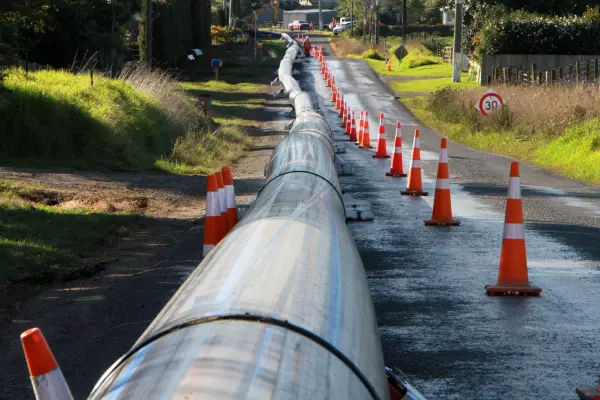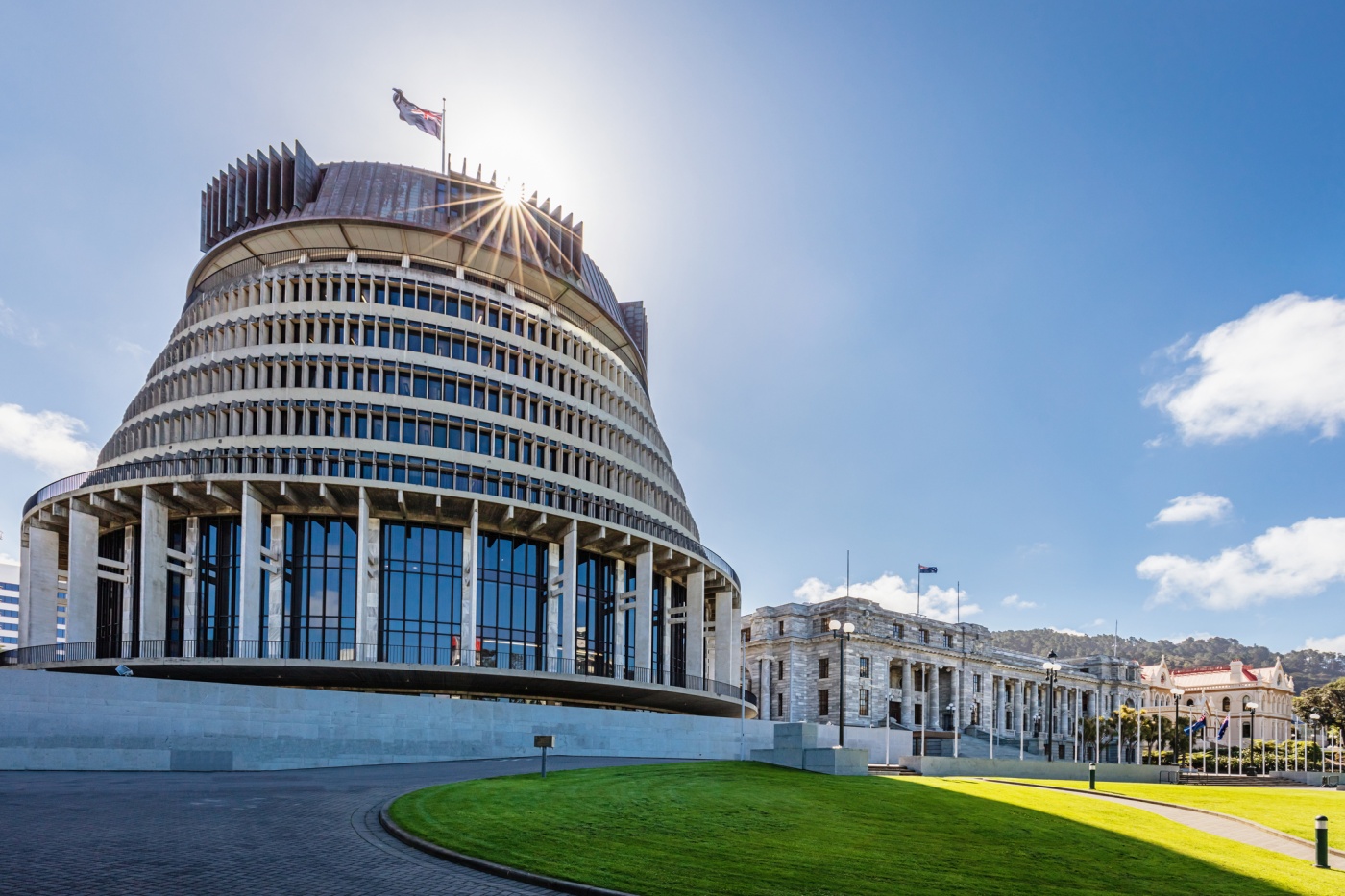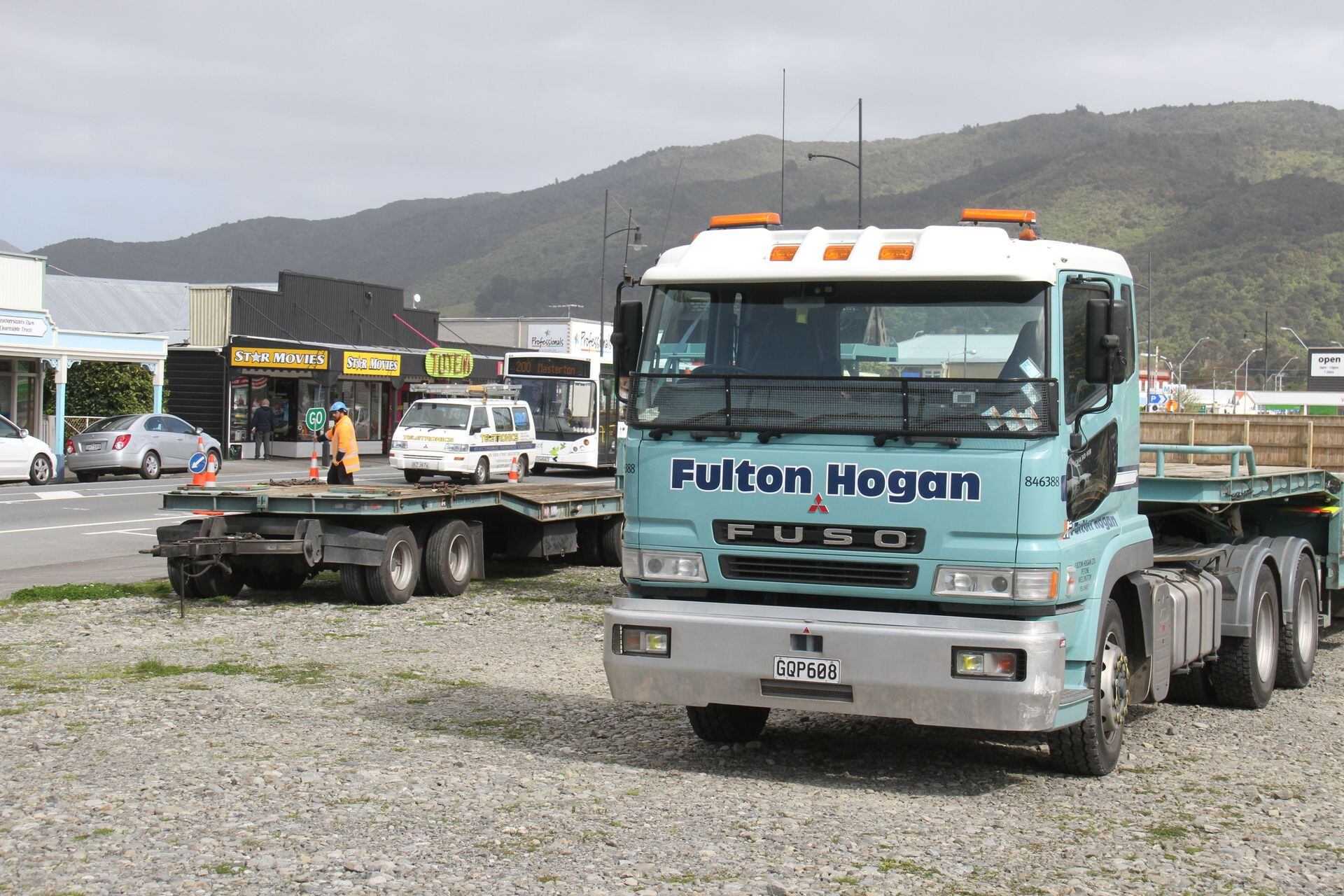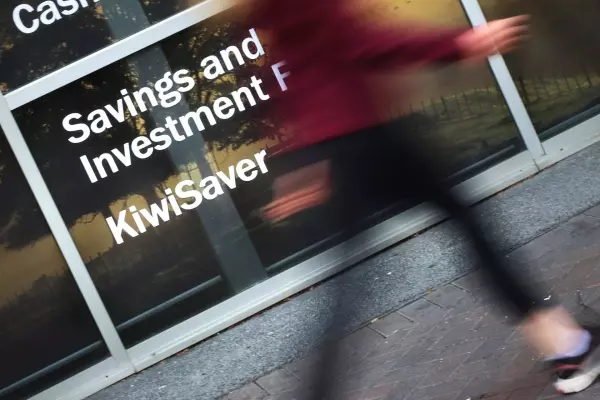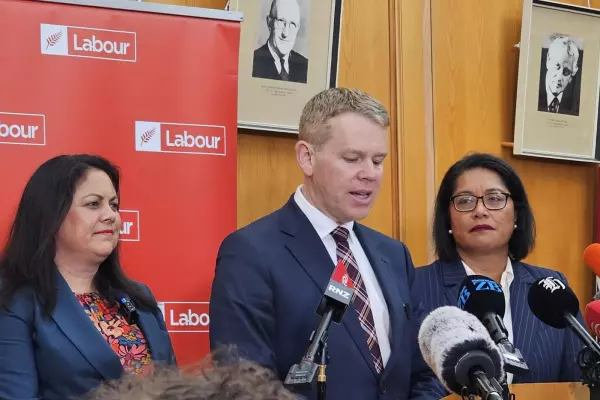The government needs to move quickly providing tailored support to businesses as the omicron cycle hits.
Identifying the right tool is difficult when tailoring is required, but some sort of lending facility should be in the mix. Many fundamentally good businesses risk being caught in a nasty web, especially with omicron significantly changing consumer behaviour.
The government cannot partly underwrite the costs for the events industry, yet stand by while central business districts (CBDs), hospitality, and the tourism sector go under.
The good news is that New Zealand headed into the omicron cycle with a huge head of steam, low unemployment, and the need for higher interest rates to head off inflationary pressures. Inflation will not be growth or asset price friendly in 2022 and 2023.
But Rome is starting to burn with each passing day.
Buying time
It is not the government or taxpayer’s job to mitigate all business risks. The relief provided in 2020 and 2021 via expansionary monetary and fiscal policy and various other initiatives was not just about supporting the economy and jobs.
It was about buying time for businesses to adjust business models to changes such as working from home taking hold or less reliance on international tourism and less migration as structural shifts.
Those adjustments are never easy for businesses. Waiting for borders to open, people to come back into the office, or covid to go away, are not strategies.
Covid is one of many disruption’s businesses are facing. Consumer preferences change. Others include finding employees, government policy shifts, technology, and stakeholder capitalism (the long game) over shareholder capitalism (the short game).
Staying local and home as omicron emerges
Timely figures from business monitoring company Bellwether tell a sombre story about the hits businesses in key CBDs and tourism were taking before omicron really takes off.
Foot traffic in the Auckland CBD was down 21% on a year ago for the week of Jan 17 to 23. The subsequent three weeks have seen this increase to minus 35%, minus 37% and minus 38% for the week of Feb 7 to 13.
Transaction volumes were down 31% three weeks ago, 30% two weeks ago and 39% last week.
Last year was hardly stellar. Foot traffic this time last year was down 35% compared to 2020, so this year is a double hit.
Auckland as a region did not suffer as badly last week, but footfall being down 21% and transaction volumes 10% are still material. The CBD’s loss has seen some suburbs gain. That is a market and economy in operation and part of the adjustment process.
The story was awful in Wellington last week. Lambton Quay’s foot traffic was down 47% on the prior year. The average transaction value was minus 11%. Transaction volumes were minus 39%. That is a huge absence of government and private-sector workers.
It adds up to 50% less cashflow, though some of that was redeployed into suburbs.
Working from home and omicron will account for a fair proportion but the protest group around Parliament will likely be having an impact too.
Footfall in Queenstown was down 42% last week on the year prior and 2021 figures were down on 2020. Many businesses are now not even opening.
According to Hospitality New Zealand, 50% of hospitality businesses have indicated a reduction in revenue of 40% or more since the move to the red traffic light setting.
Practical problem after practical problem is being identified by sectors impacted by the traffic light system, especially staffing.
And this is before the omicron cycle really kicks off.
Many landlords are providing extensive relief. They just want their tenants to open. The problem for many is that the marginal revenue from opening does not even cover the cost of staff.
The finger cannot solely be pointed at omicron.
Beyond not wanting to go out and possibly getting caught as a close contact, other factors will be having an impact on foot traffic and spending. These include rising interest rates, the inflationary thief eroding household’s purchasing power, signs the housing market is turning and surging petrol prices. Inner-city crime/law and order is another.
What to do?
Many businesses will fail over 2022 as part of the covid reality adjustment.
Many good businesses simply need access to liquidity and working capital, time to adjust, and direct help navigating the black swan event they are going through. Omicron is changing consumer behaviour, a reality policymakers need to be on top of, and it will take time to settle.
Businesses need access to a new and improved government-backed lending facility and not a repeat of the 2020 Business Finance Guarantee Scheme (BFGS).
The terms of the BFGS were so tight and unreasonable it showed no one setting policy really understood how banks lend. Banks downgraded covid impacted sectors, despite the government taking most of the risk, resulting in little lending being undertaken. There were a host of practical problems and businesses, and banks couldn’t accurately produce or assess cashflow forecasts. Uptake was low.
Officials should have been working behind the scenes for the past year on an improved version, ready to go with the inevitably of covid variants arriving and living with the virus on an enduring basis.
That facility is needed now.






